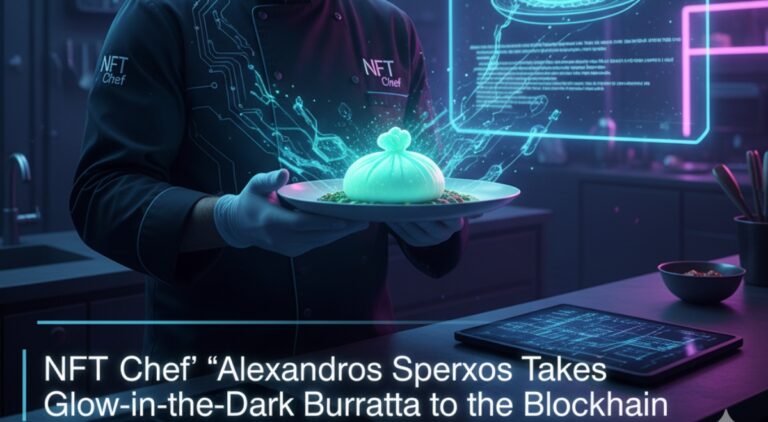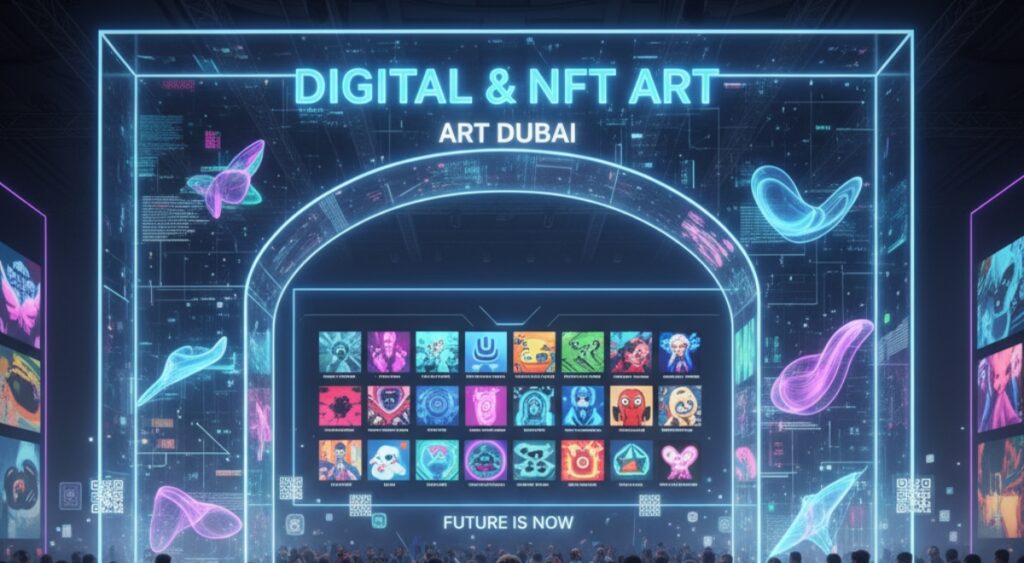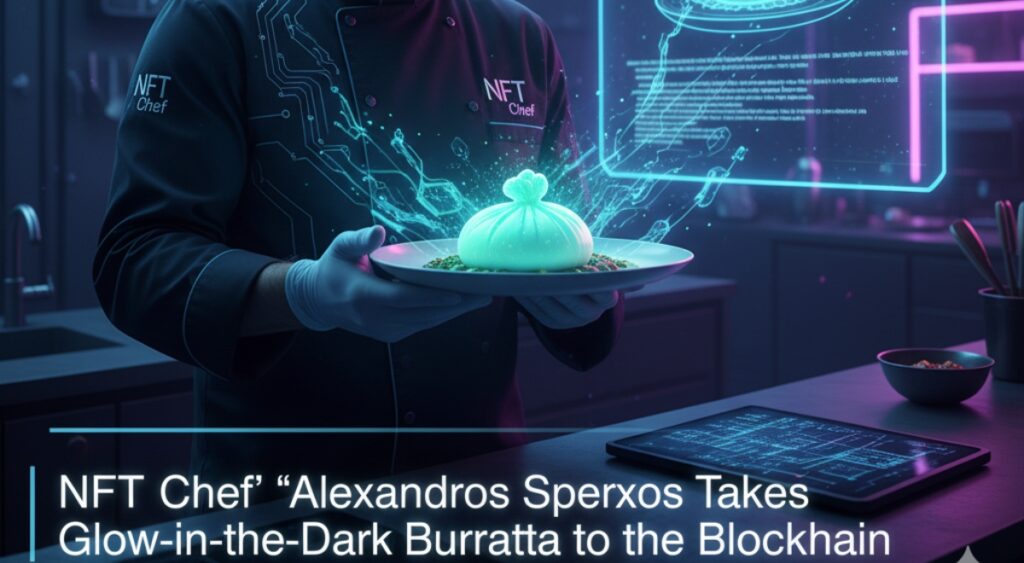Dubai: Solana co-founder Anatoly Yakovenko has attributed the explosive growth of memecoins and NFTs on his blockchain to regulatory delays rather than deliberate design.
Speaking on the All-In Podcast, Yakovenko reflected on how Solana’s original mission — building infrastructure capable of moving traditional finance on-chain at “NASDAQ speed” — diverged from reality. Instead of legacy financial assets transitioning to blockchain, speculative products like NFTs and memecoins surged, dominating activity on Solana’s network.
In June, memecoins accounted for 62% of decentralized app revenue on Solana, a development Yakovenko admitted the team never anticipated. “It turns out that is a much harder legal and regulation problem than it is an engineering problem,” he said. “Anybody in the world can create markets for anything, including memecoins, including NFTs. And those things took off… in part because of how slow regulation was to catch up.”
Mission vs. Market Reality
Despite his acknowledgment of their success, Yakovenko has been outspoken in his criticism of the industry. Just months earlier, he dismissed NFTs and memecoins as “digital slop,” even as they generated millions in revenue for the Solana ecosystem.
He admitted it was “annoying” that such speculative assets have overshadowed Solana’s “true mission” of powering traditional finance on-chain. Still, he noted that their rise highlights the freedom of permissionless networks, where innovation — or speculation — can take root faster than regulators can respond.
Old vs. New Disruptors
The conversation also touched on the contrasting advantages of crypto-native projects versus traditional regulated institutions exploring blockchain. Yakovenko argued that Solana’s strength lies in its global flexibility and speed of development.
“The advantage we have is that we are very nimble and can operate everywhere in the world,” he said. By contrast, established financial corporations enjoy the advantage of already being regulated, giving them easier access to markets like the United States. “NASDAQ is still in its little sandbox,” he remarked.
Yakovenko suggested that a real breakthrough will come when regulators permit public-key cryptography to be used for transferring and managing assets directly. That, he argued, would enable seamless integration between traditional financial markets and blockchain infrastructure: “Once that interface exists, the genie’s out of the bottle… the toothpaste is out of the tube.”
Integration or Competition?
Despite tensions between traditional finance and blockchain projects, Yakovenko believes integration is inevitable. Solana, he stressed, should be viewed as infrastructure rather than an institution.
“It’s like an email standard. It’s a bunch of software. The people that run it don’t report to me. I can’t fire them. I can’t stop it if I wanted to,” he explained.
According to him, established exchanges like NASDAQ would ultimately benefit more by adopting Solana’s fast, globally synchronous protocol rather than trying to compete. “If the protocol is awesome, NASDAQ would make more money by just running a Solana node and integrating with it directly,” he said.
He emphasized that Solana has no intention of building an exchange tailored to U.S. institutional clients. “We want NASDAQ to do that and to run it on Solana — that would be great,” he said.
A Persistent Critic of Memecoins
Yakovenko has repeatedly clashed with the memecoin industry, despite its role in Solana’s rapid rise. In a July debate with Base founder Jesse Pollak, he argued that memecoins and NFTs hold “zero fundamental value.”
When critics highlighted the irony — given their dominance on Solana — Yakovenko compared them to loot boxes in mobile gaming, which also generate massive revenues without intrinsic worth. “Memecoins and NFTs have no value,” he wrote on X. “Neither do loot boxes, and that business has enough revenue to destroy the second largest army in Europe every year.”
Looking Ahead
Yakovenko’s comments highlight the paradox at the heart of blockchain innovation: while Solana was designed as a high-speed infrastructure for serious financial applications, its success has been fueled by the very speculative assets its co-founder criticizes.
As regulators continue to debate how to treat tokenized assets, the Solana story illustrates both the challenges and opportunities that arise when technology outpaces governance. For Yakovenko, the long-term goal remains clear: bringing traditional financial assets on-chain. For now, however, memecoins and NFTs remain the unexpected stars of Solana’s ecosystem.
















